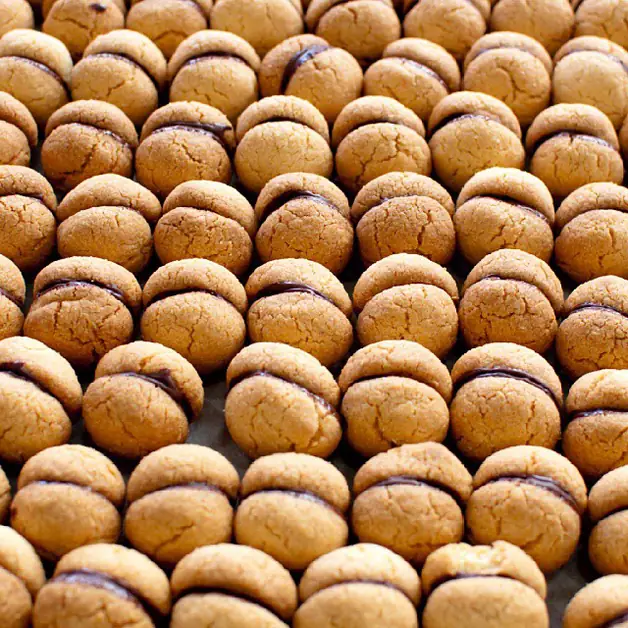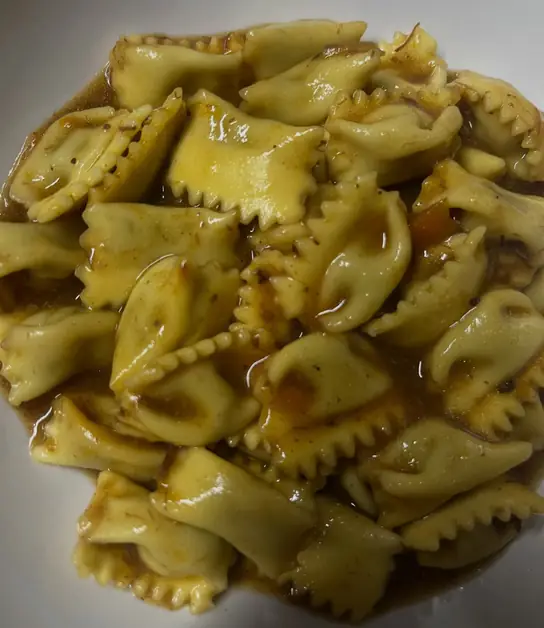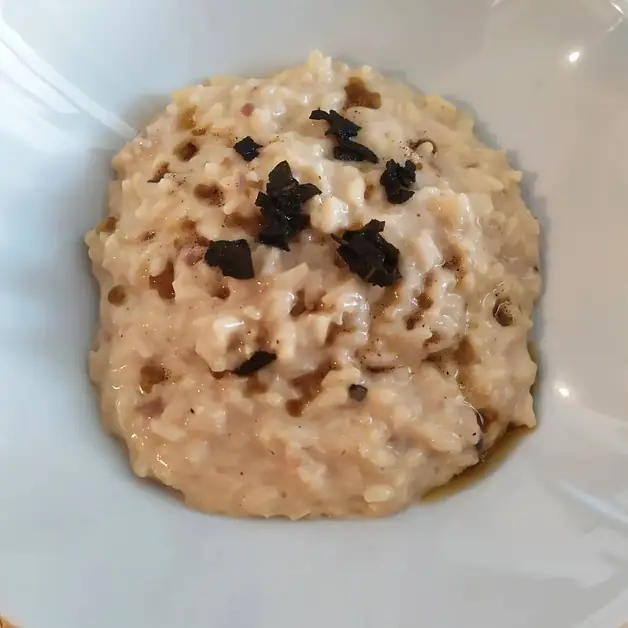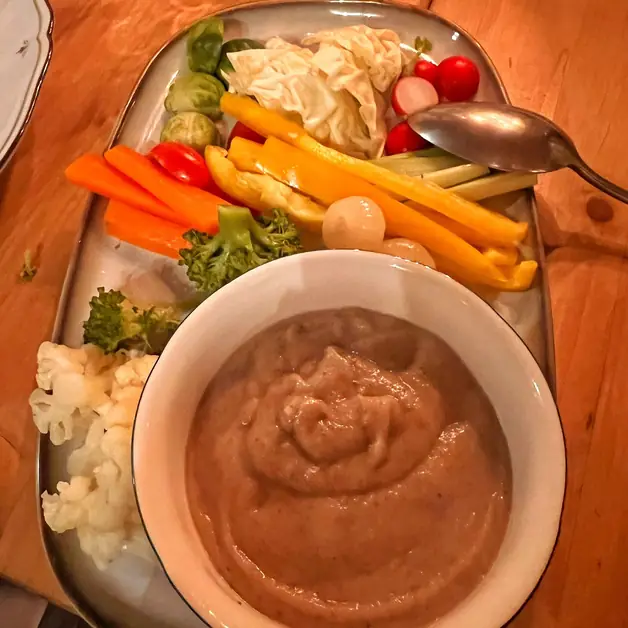Biella's Capunet a dish to discover
The Capunet of vegetables from Biella are a rich traditional dish.
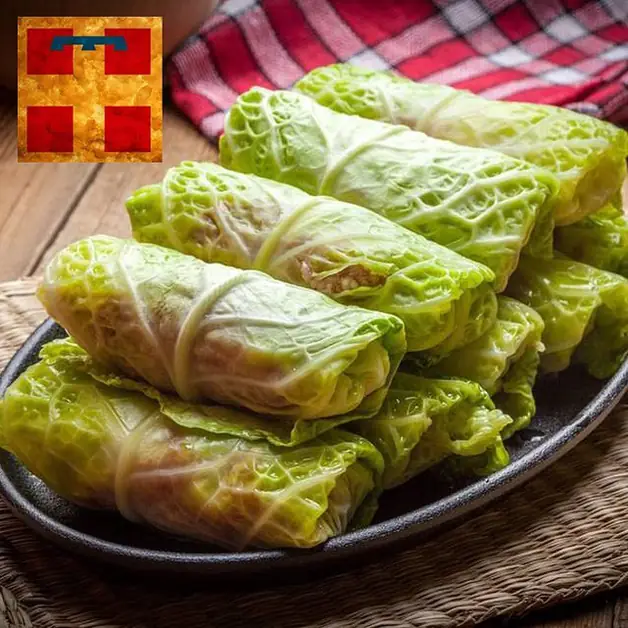
What are the Capunet of vegetables from Biella?
The Capunet of vegetables are a typical dish of Biella cuisine, belonging to the peasant tradition of Piedmont. They are small rolls or molds made with cabbage leaves that enclose a tasty filling of seasonal vegetables such as potatoes, pumpkin, and leeks. It is a simple yet refined recipe, ideal as an appetizer or side dish, which combines the scents of the garden with the delicacy of oven cooking.
What is the origin of the Capunet of vegetables?
The term Capunet comes from the Piedmontese dialect and means "small rolls". Originally, Capunet were prepared with leftover meat or vegetables, wrapped in cabbage leaves and then cooked slowly. It was a recovery recipe, typical of peasant families who did not want to waste anything. Today, the Capunet of vegetables have become a beloved specialty even in the most refined kitchens, while still maintaining their rustic and genuine spirit.
What are the main ingredients of the Capunet of vegetables?
The traditional Biella recipe calls for simple and easily available ingredients: - Some cabbage leaves (one for each mold) - Sliced potatoes - Thinly sliced yellow pumpkin - Two leeks cut into rounds - 70 g of butter - 2 chopped walnuts - 3 tablespoons of olive oil - Salt and pepper to taste - Chopped fresh parsley These ingredients represent the typical flavors of Piedmont's autumn, combining sweetness and softness with a touch of crunchiness and the aroma of herbs.
How are the cabbage leaves prepared for the Capunet?
The cabbage leaves should be blanched for about 15 minutes in salted water. Once cooked, it is important to immediately pass them into cold water to stop the cooking and maintain the bright green color. Then they should be laid out gently on a cloth and dried well. This step helps make the cabbage soft and easy to shape to cover the molds.
How is the filling for the Capunet of vegetables prepared?
The filling for the Capunet consists of a mixture of cooked and flavored vegetables. The process is as follows: 1. Boil the sliced potatoes and, in another pot, boil the slices of yellow pumpkin until they become soft. 2. Cut the leeks into thin rounds and sauté them in a pan with butter, oil, and chopped walnuts. Then add the potatoes and pumpkin and let everything flavor for a few minutes. 3. Season with salt, pepper, and chopped parsley. The vegetables should be well sautéed and fragrant, but not burnt.
How are the Capunet of vegetables assembled?
Once the vegetables are ready, proceed with the assembly: 1. Line each crème caramel mold with a cabbage leaf, allowing the edges to hang over slightly. 2. Fill each mold with the sautéed vegetables, pressing them gently with a spoon up to the edge. 3. Fold the edges of the cabbage over the vegetables to seal the roll well. 4. Place the molds in a baking dish filled halfway with hot water, creating a bain-marie.
How are the Capunet of vegetables cooked?
The Capunet are cooked in the oven at 200°C for about 30 minutes, in a hot but not boiling bain-marie. This slow and even cooking allows the vegetables to blend and the cabbage to become soft and flavorful. After cooking, the molds should be left to rest for a few minutes before being unmolded.
How to serve the Capunet of vegetables?
The Capunet of vegetables can be served hot or warm, as an appetizer or as a side dish. Once unmolded, they present themselves as small green treasures filled with autumn colors and scents. They can be accompanied by a light butter and sage sauce, or with a fondue of Piedmontese cheeses such as Toma or Bettelmatt, for an even more delicious touch.
What variations of the Capunet of vegetables exist?
There are numerous variations of this recipe, depending on the season and available ingredients. Some replace pumpkin with carrots or spinach, while others add cheese or eggs to the filling to make it more compact. In the winter version, chestnuts or sautéed mushrooms can also be added for a more robust and rustic flavor.
Are the Capunet of vegetables a typical festive dish?
Yes, in many Biella families, the Capunet of vegetables are prepared during autumn or winter holidays, especially at Christmas. Their elegant shape and combination of flavors make them perfect for enriching the menus of special occasions while maintaining a simple and traditional soul.
What is the secret to perfect Capunet?
The secret lies in sautéing the vegetables: they must be well cooked but not mushy, golden and fragrant. The choice of cabbage is also important: it should be tender but not too thin, to wrap the filling well without breaking. Finally, cooking in a bain-marie allows for a soft and even consistency, preventing the cabbage from drying out.
Where to taste the real Capunet of vegetables from Biella?
The Capunet of vegetables can be found in the trattorias and agriturismos of the province of Biella and the surrounding valleys, where they are served as a typical vegetarian appetizer or dish. They are often accompanied by a glass of Piedmontese white wine, such as Erbaluce di Caluso or Arneis, which enhance their delicacy and aroma.
Why do tourists love the Capunet of vegetables?
Tourists appreciate the Capunet of vegetables because they perfectly represent the philosophy of Piedmontese cuisine: poor ingredients transformed into dishes of great taste. Each bite encapsulates the tradition of the Biella valleys, the passion for nature, and the simplicity of peasant life. It is a dish that tells the territory, its flavors, and its history, making it an authentic experience for those visiting Piedmont.
